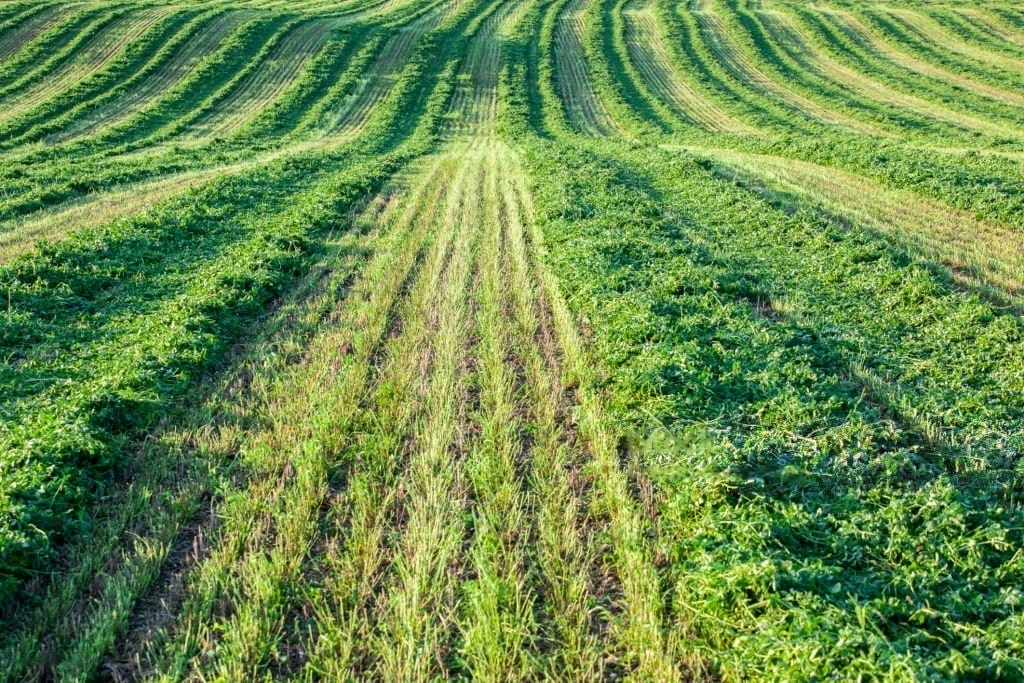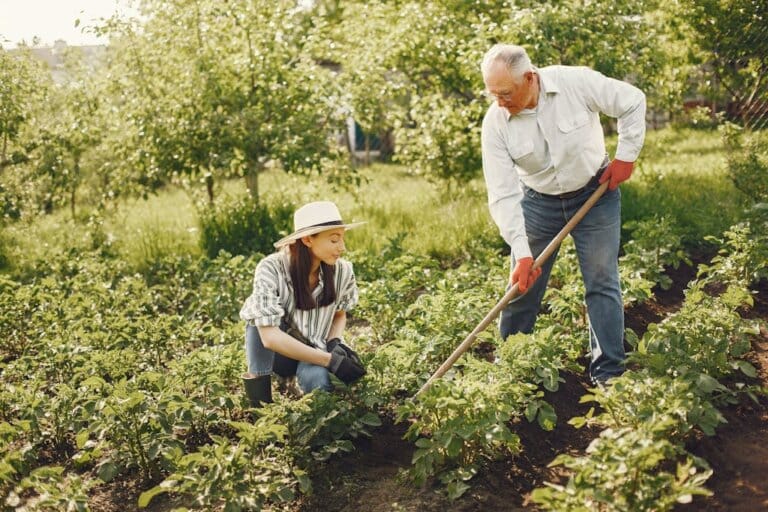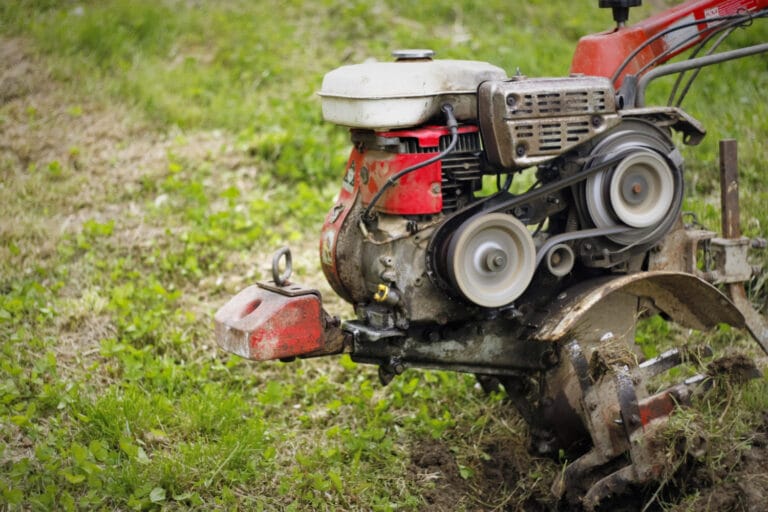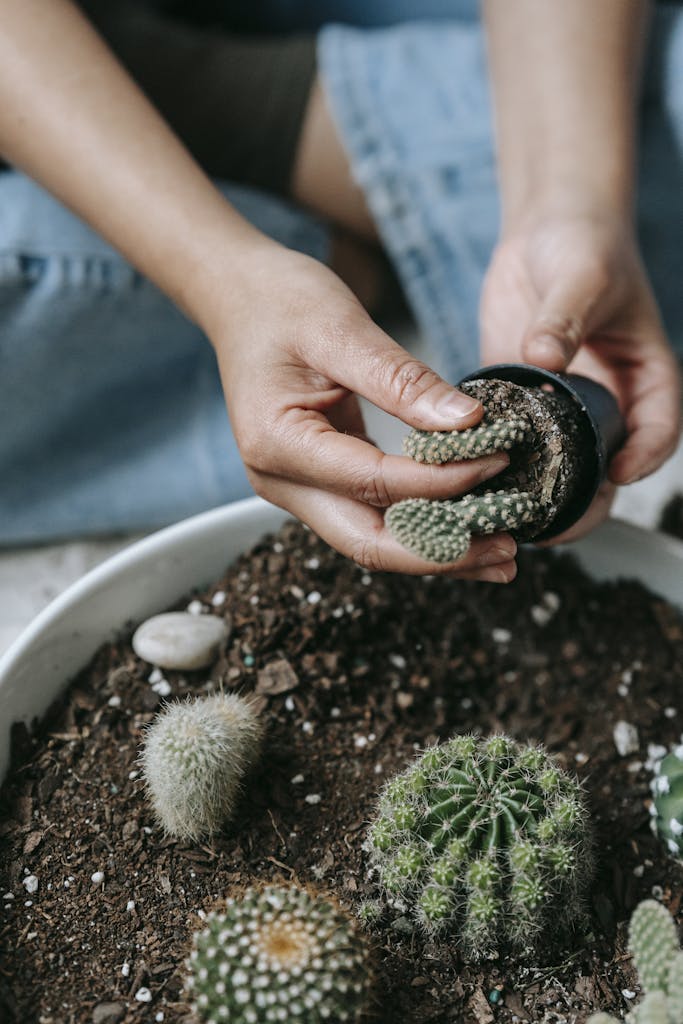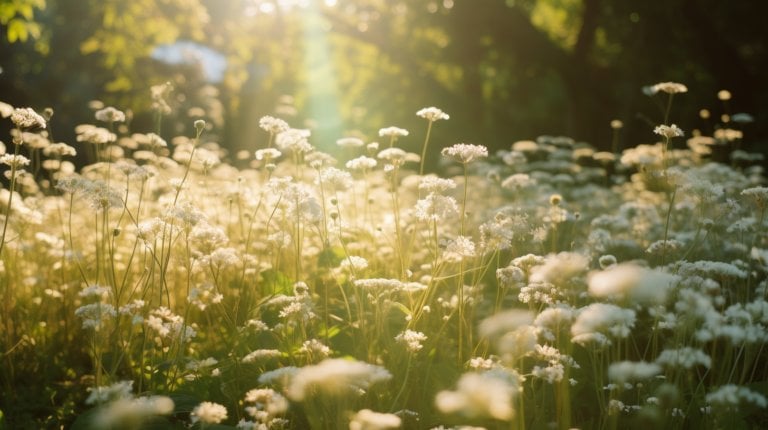How to Grow Alfalfa Hay: A Comprehensive Guide for Best Yields
Through consistent learning and assiduous work over the years, I’ve honed my skills in growing alfalfa hay. It might initially appear challenging, but I guarantee you, it’s less intimidating than it looks. The only requirements are the appropriate information and a touch of patience, and then you’ll certainly grasp it.
Whether you’re a novice or a seasoned farmer, I’ll guide you through the process, from soil preparation to harvest.
I can’t wait to help you master this valuable skill and reap the benefits of your very own high-quality alfalfa forage crop.
Key Takeaways
- Careful planning and soil preparation are crucial for successful alfalfa growth.
- Factors to consider for site selection include soil type, climate, and pest and disease history.
- Conducting a thorough soil test is important to determine nutrient levels and pH.
- Adequate phosphorus and potassium levels and the right pH are necessary for optimal alfalfa growth.
Laying a Solid Foundation: Planning and Soil Preparation for Alfalfa Crops
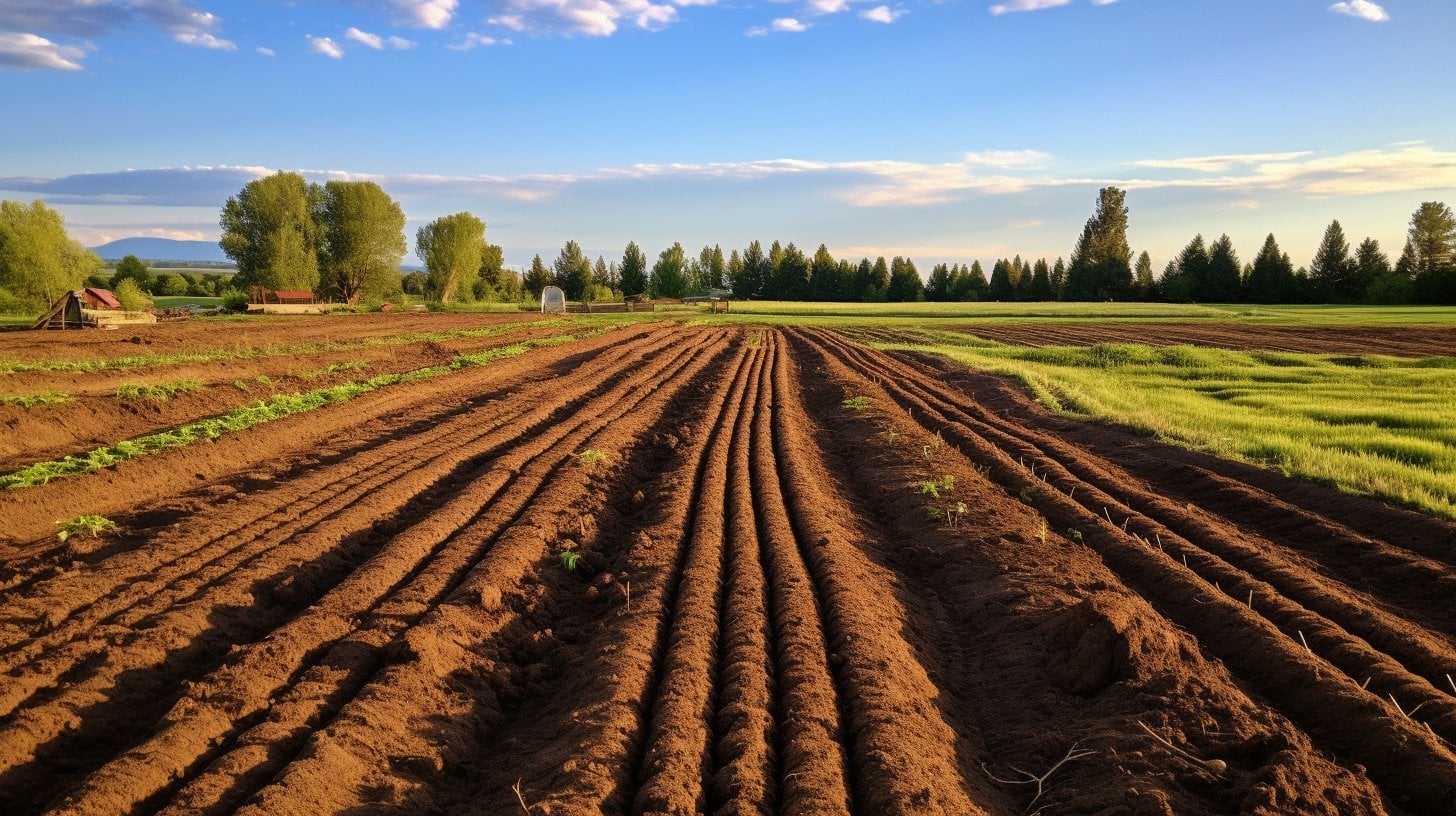
Before diving into the intricacies of growing alfalfa hay, it’s crucial to lay a solid foundation with careful planning and soil preparation.
I can’t stress enough how critical site selection and thorough soil testing are for optimal lucerne growth.
Let’s now delve into how you can prepare your fields if you want to plant this versatile crop.
Understand the Importance of Site Selection in Alfalfa Cultivation
I’ve learned that choosing the right site when growing alfalfa is incredibly important to the crop’s success. Site selection is much more than just picking a sunny spot. It’s about understanding the plant itself and how its needs align with the characteristics of the land.
In my experience, there are three crucial factors to consider for successful cultivation:
- Soil type: It thrives in well-drained, fertile soils with a neutral to slightly alkaline pH.
- Climate: It needs plenty of sunlight and moderate rainfall.
- Pest and disease history: Previous issues could affect the health of the new crop.
Conducting a Thorough Soil Test to Ensure Optimal Nourishment
To ensure optimal nourishment for the crops, it’s crucial that I conduct a thorough test. This test is a cornerstone step if you’re planning to grow alfalfa. It provides vital information about the nutrients and pH levels present.
It’s important to remember that this plant requires a pH between 6 and 7.5. If the pH falls below that range, adding lime to the soil is necessary. On the other hand, if the pH is higher, sulfur may be needed to lower it.
It’s also essential to ensure the soil contains adequate phosphorus and potassium. Remember, optimal nourishment isn’t just about watering and sunlight. The soil’s nutrient content plays a significant role in its successful cultivation.
How to Prepare Your Fields for Planting Alfalfa
After conducting a thorough soil test, it’s time for me to prep my fields for planting. When you aim to prepare your fields for planting alfalfa, a few crucial steps will set you up for success.
First, clear your existing field of any debris and unwanted growth. Its seed requires a clean, firm seedbed to flourish.
Second, proper tillage is essential. You want to create a fine seedbed that’ll allow the seed to make good contact with the soil.
Finally, the best time of year to plant your alfalfa is in the early spring or late summer when soil temperatures are optimal.
Once these steps are complete, it’s time to sow seeds, monitoring them closely for optimal growth.
Appropriately prepping your field can make all the difference in a successful harvest.
Sow to Grow: Tips for Growing a Successful Alfalfa Seed Establishment
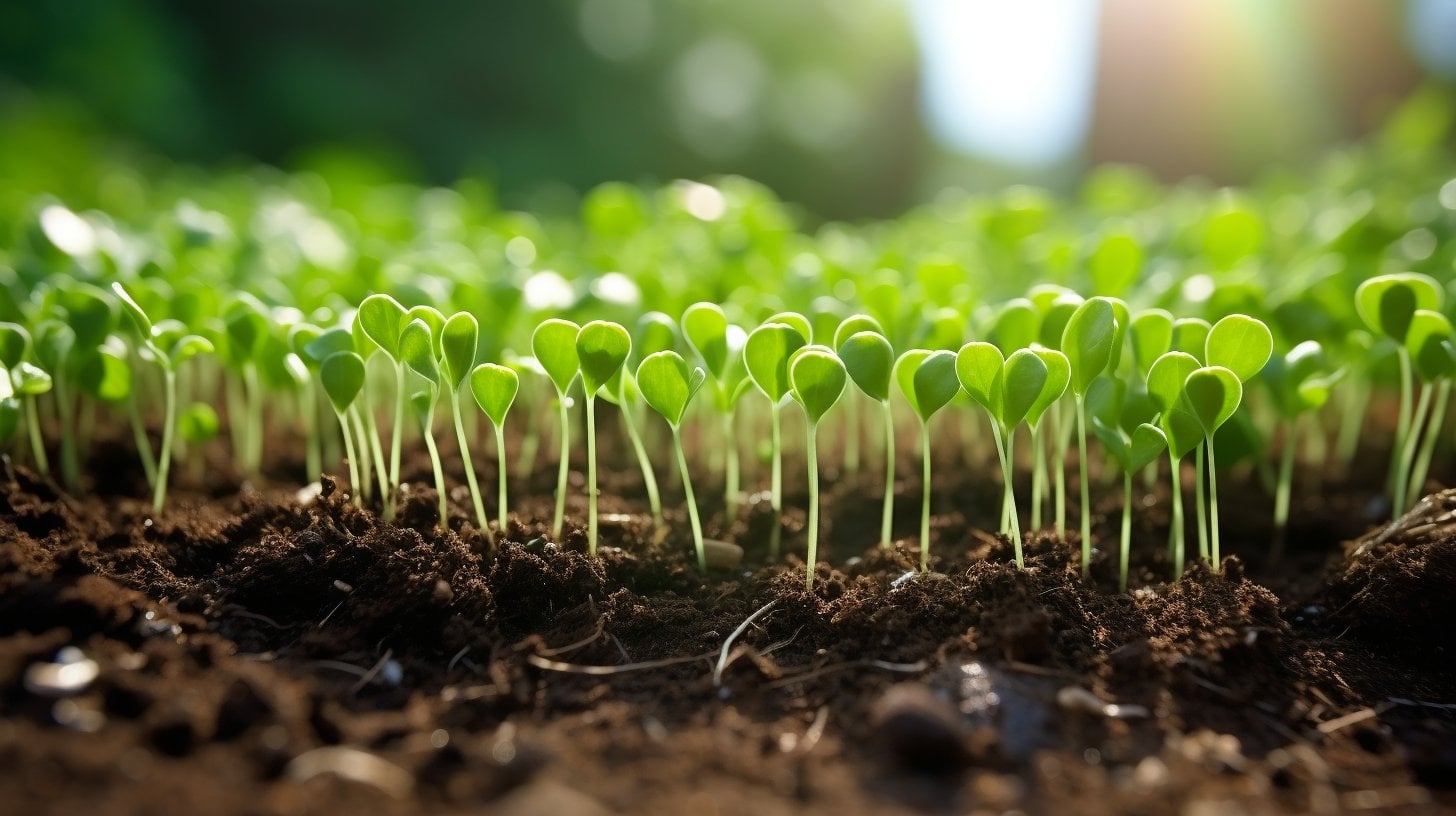
Now that we’ve prepped the soil, it’s time to sow our seeds.
I’m going to share some tips on how to make sure it is established successfully.
We’ll cover the best time to plant, planting techniques for maximum germination, and how to care for your newly seeded fields.
Choosing the Best Time to Plant Alfalfa Seeds
I’ve got to figure out the optimal time for planting to ensure that your alfalfa is a healthy and productive crop. The best time to plant is crucial in growing it successfully. As a seasoned farmer, I consider several factors when choosing the timing.
- The soil temperature: Alfalfa sprouts need a consistent soil temperature of 68°F for optimal germination.
- The season: Spring and fall are typically the best times, as long as frost isn’t a threat.
- The soil moisture: Too much or too little can hinder sprouting.
How to Grow Alfalfa Hay: A Comprehensive Guide for Best Yields
It’s essential to understand the right planting techniques to maximize germination and seedling health, building on the timing strategies I’ve already discussed. Proper seed depth and soil contact play crucial roles in successful sprouting.
Ideally, you’d plant about a quarter to half an inch deep in well-drained soil. Too shallow, and they’re exposed to the elements; too deep, and they mightn’t have the energy to reach the surface.
Ensuring good seed-to-soil contact helps it absorb the necessary moisture and nutrients. Use a roller or packer after sowing to press it into the soil, but be careful not to compact it too much.
These techniques, when used correctly, can significantly increase your chances of successfully growing.
Ground Care for Newly Seeded Alfalfa Fields
Once I’ve got those seeds in the ground, my focus shifts to care and maintenance. With alfalfa, it’s not enough to just plant and hope for the best. I’ve got to take an active role in nurturing it to be strong and healthy. Here’s my approach:
First, I consistently water the ground. They need moisture to germinate.
Second, I’m vigilant about pests and diseases. These fields are vulnerable and need protection.
Lastly, I carefully manage the growth. Overgrowth can lead to poor-quality forage.
Ground care in these fields requires patience and diligence. But as the green shoots break through the soil, it’s all worth it.
Nurturing Nature: Care and Maintenance of Your Alfalfa Crops
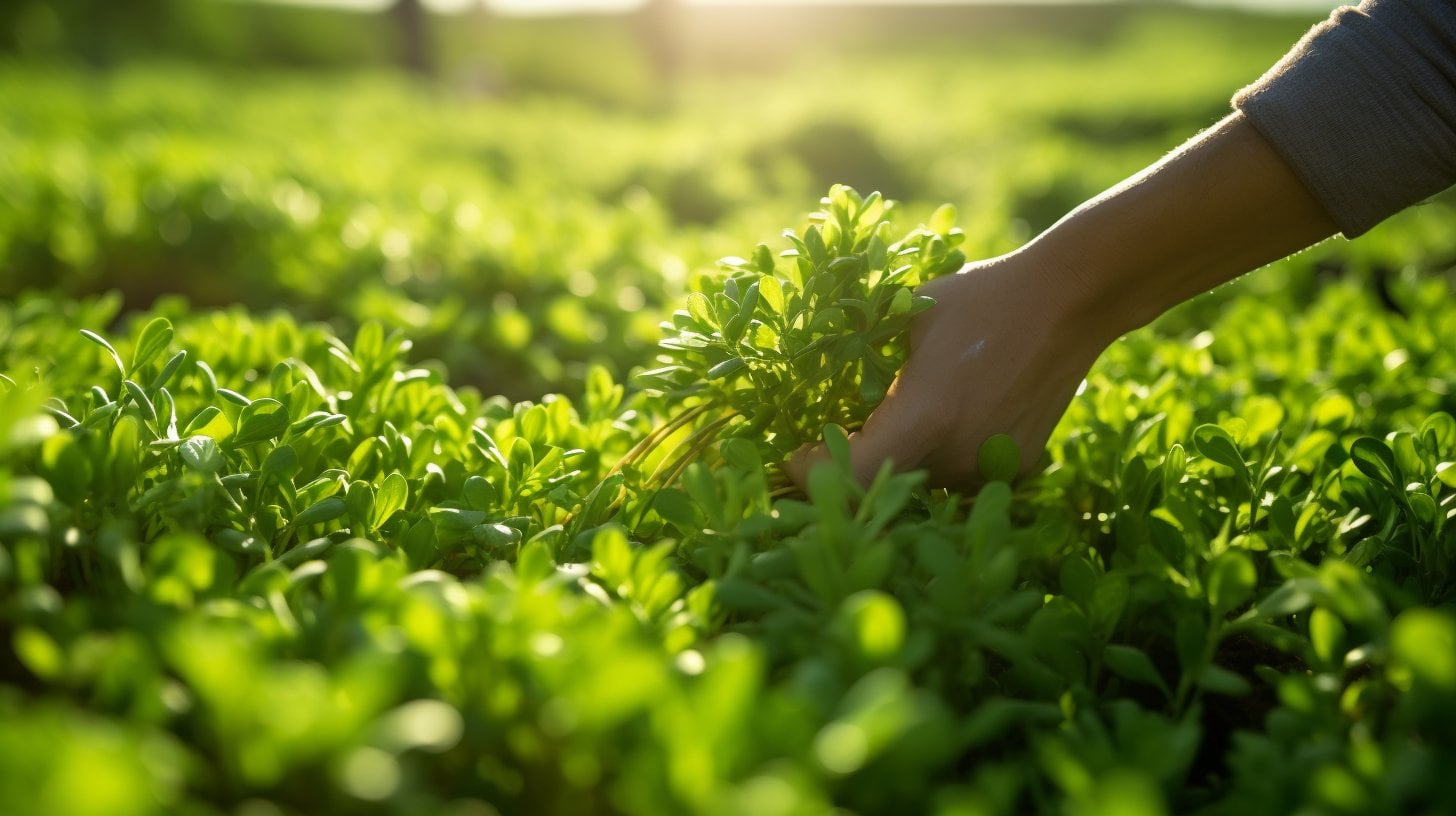
Now that we’ve established our alfalfa, it’s time to give it some TLC!
I can’t emphasize enough how crucial proper irrigation, pest management, and effective use of cover crops are to maintaining a healthy field.
Let’s dive into these aspects and set your crop up for success.
Perfecting Irrigation Methods for Healthy Alfalfa Growth
I’m trying to perfect my irrigation methods to ensure healthy growth. Since alfalfa is a perennial plant in the Legume family Fabaceae, and as we all know, to grow this plant, you need to understand its needs in terms of water for it to grow well. Here are some key points to consider:
- It requires deep, infrequent watering. This encourages root growth so alfalfa can tolerate drought.
- Overwatering can lead to waterlogged soil, which is detrimental to its root system.
- Timing is crucial. Water early in the morning or late in the evening to minimize evaporation.
I am convinced that perfecting irrigation methods is a major step towards achieving a lush green field. Remember, it’s not just about the quantity but also the quality of water used. Let’s continue striving for that perfect crop together.
Key Considerations for Pest and Disease Management in Alfalfa
It’s crucial to consider pest and disease management in my crop fields to ensure a healthy and bountiful yield. One that’s particularly bothersome is the alfalfa weevil. These can cause significant damage to its leaves, reducing the potential for quality forage.
A key part of disease management involves regularly inspecting my crops for signs of these. I’m on the lookout for holes or a change in leaf color. If I spot a problem, I don’t hesitate to take action.
I’ve found that a combination of biological control methods and careful pesticide use can effectively combat these weevils, ensuring my crop remains healthy and robust.
Through diligent management of these problems, I’m confident in my ability to harvest a bumper crop of excellent quality.
The Role of Cover Crops in Alfalfa Field Management
Incorporating cover crops into my field management strategy has proven beneficial for soil health and pest control.
In my field management practice, I’ve found that a cover crop enhances the soil’s nutrient content and is a good source of nitrogen, thereby improving the growing conditions for the alfalfa stand.
The benefits I’ve experienced are:
- Enhanced soil structure and fertility
- Control of vermin and weed populations
- Protection of the alfalfa stand during off-season
When it’s time to sow alfalfa, the soil is primed for optimal growth. The cover crop’s organic matter enriches the soil, providing a nutrient-dense environment for the alfalfa.
Plus, the cover crop’s presence helps control vermins naturally, reducing the need for chemicals. It’s a win-win situation for both me and the alfalfa field.
Integral to Agriculture: Alfalfa as a High-Quality Animal Feed
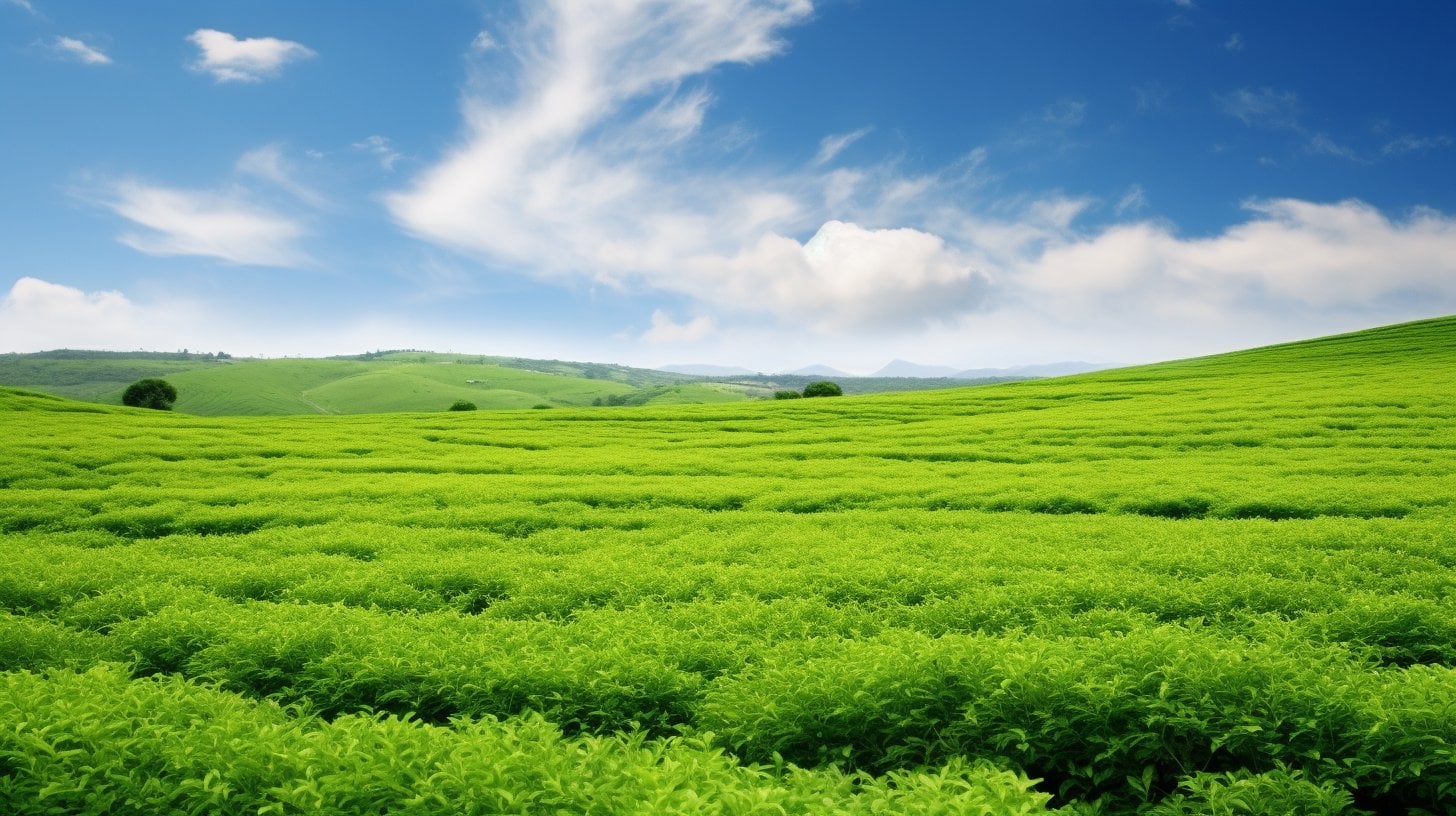
Now that we’ve discussed how to grow alfalfa, let’s delve into why it’s vital to agriculture.
As a high-quality animal feed, alfalfa is a game changer. Its nutrient value, rotation, regrowth times, and adequate field rest all contribute to sustainable alfalfa production.
Understanding the Nutrient Value of Alfalfa for Livestock
I’ve been researching to better understand alfalfa’s nutrient value for livestock. It stands out as excellent due to its high-quality nutrients. It’s clear that understanding the nutrient value of alfalfa for feeding is crucial for those aiming to achieve mastery in farm animals’ nutrition.
Here’s what I’ve found about the benefits of quality alfalfa hay:
- It’s packed with proteins, essential for growth and milk production in farm animals.
- Quality alfalfa is rich in vitamins, particularly A, C, E, and K, which support overall health.
- The fibrous nature of alfalfa also promotes good digestive health.
With these insights, it’s clear that alfalfa is a valuable addition to feeding, contributing to a well-rounded, nutrient-rich diet.
The Importance of Proper Rotation and Regrowth Times
Understanding the importance of proper rotation and regrowth times is next on my list, as it’s critical for maintaining the quality of livestock.
Even if you aim to grow alfalfa indoors, the principles remain the same. Start with growing alfalfa from seed, following a detailed alfalfa growing guide to ensure optimal establishment.
After alfalfa establishment, it’s crucial to consider rotation and regrowth intervals. Harvesting alfalfa should ideally occur when the plant reaches roughly 10% bloom stage. This allows for a balance between yield and quality.
Post-harvest, provide sufficient regrowth time, typically 28-35 days, before the next cut. This ensures it can store enough carbohydrates in the alfalfa root system for healthy regrowth, ultimately enhancing its quality.
Ensuring Adequate Field Rest for Sustainable Alfalfa Production
Let’s move on to the importance of ensuring adequate field rest for sustainable production, as it’s a key factor in maintaining the health of the soil and the overall yield. When you grow alfalfa, allowing the field to rest and rejuvenate is essential. This field rest period enables the soil to regain nutrients and facilitates sustainable alfalfa production.
Field rest helps to minimize soil degradation and erosion, maintaining soil health. It supports a higher yield of alfalfa by allowing the soil to recuperate. Field rest also aids vermins and disease control, contributing to sustainable alfalfa farming.
Reap What You Sow: Harvesting and Storing Alfalfa

Now that we’ve covered how to grow alfalfa let’s dive into the next crucial steps: gathering and storage. Trust me, timing your harvest just right and properly storing it can make a world of difference in the quality of your feed.
Expert Recommendations on the Best Time to Harvest Alfalfa
I’ve received numerous expert recommendations indicating that the best time suitable for growing is when it’s in the early bloom stage. This is when you’ll get the best alfalfa yields.
When you’re about to gather your alfalfa, there are three critical signs you need to look for:
- The first sign of flowering: This indicates that the plant is at its nutritional peak.
- The presence of new shoots at the base of the plant: It’s crucial not to cut alfalfa before these appear to allow for regrowth.
- The color and feel of the leaves: They should be green and flexible, not dry and brittle.
Harvesting Techniques to Preserve Quality of Alfalfa
Following the right techniques is essential to preserving the quality of the crop, and there’s a lot of advice I can share on this topic. There are three critical areas to focus on: the timing, the equipment used, and the storage method.
| Harvesting Area | Technique | Benefit |
| Timing | Harvest your alfalfa in early bloom stage | Preserve quality, maximize nutrients |
| Equipment | Use sharp, well-adjusted machinery | Minimize leaf loss, maintain quality |
| Storage | Store in a dry, well-ventilated area | Prevent mold, maintain quality |
Essential Tips for Proper Alfalfa Storage and Preservation
Let’s dive into some essential tips for properly storing and preserving your crop to maintain its quality. Alfalfa requires careful attention during storage and preservation.
- First, you’ve got to ensure that it is dry before storage. Moisture can lead to mold growth and nutrient loss, which is a no-go.
- Second, store your alfalfa grass in a cool, well-ventilated area. This helps prevent overheating and keeps it fresh.
- Lastly, be cautious about vermins. They’re not just annoying; they can also damage your forage.
Dive deeper into your agricultural journey by also understanding the challenges of invasive grasses in California, a crucial read for every aspiring alfalfa cultivator.
Frequently Asked Questions
What Are the Ideal Climate Conditions for Growing Alfalfa?
In my experience, alfalfa forage thrives best in temperate climates. Alfalfa needs plenty of sunlight, moderate rainfall, and well-drained soil. It’s crucial to avoid waterlogged areas or places with extremely hot or cold conditions.
How to Grow Alfalfa Hay: A Comprehensive Guide for Best Yields
I can grow alfalfa forage organically. It involves proper soil conditioning, planting certified organics, and managing vermins and diseases naturally, without synthetic chemicals. Crop rotation and composting can also be beneficial.
What Are the Common Pests and Diseases Affecting Alfalfa Crops, and How Can They Be Prevented or Treated?
In my experience, alfalfa’s common vermins include aphids and weevils. Fungal diseases like root rot can also occur. I’ve found crop rotation and organic pesticides to be the best defense.
What Are the Nutritional Benefits of Alfalfa for Different Types of Livestock?
Alfalfa forage is chock-full of nutrients beneficial for livestock. It’s high in protein, aiding in growth and milk production. It’s also rich in vitamins and minerals, supporting overall health. It’s great feed for cattle, horses, and goats.
Is There a Specific Time of Year to Plant Alfalfa Seeds?
Indeed, there’s an optimal time for doing this. It’s best to sow in spring or early fall when soil temperatures are around 68°F to ensure good sprouting and establishment of the crop.
Conclusion
Growing alfalfa hay isn’t as daunting as it might seem. You’ll soon see your crops thriving with proper planning, soil preparation, and seed establishment. Remember, regular care and maintenance is key.
Alfalfa’s high nutritional value makes it a fantastic animal feed. So, when it’s time to harvest, you’ll reap more than you’ve sown. Just ensure you store it right to maintain its quality.
Trust me, the rewards of growing your own alfalfa forage are worth the effort!

